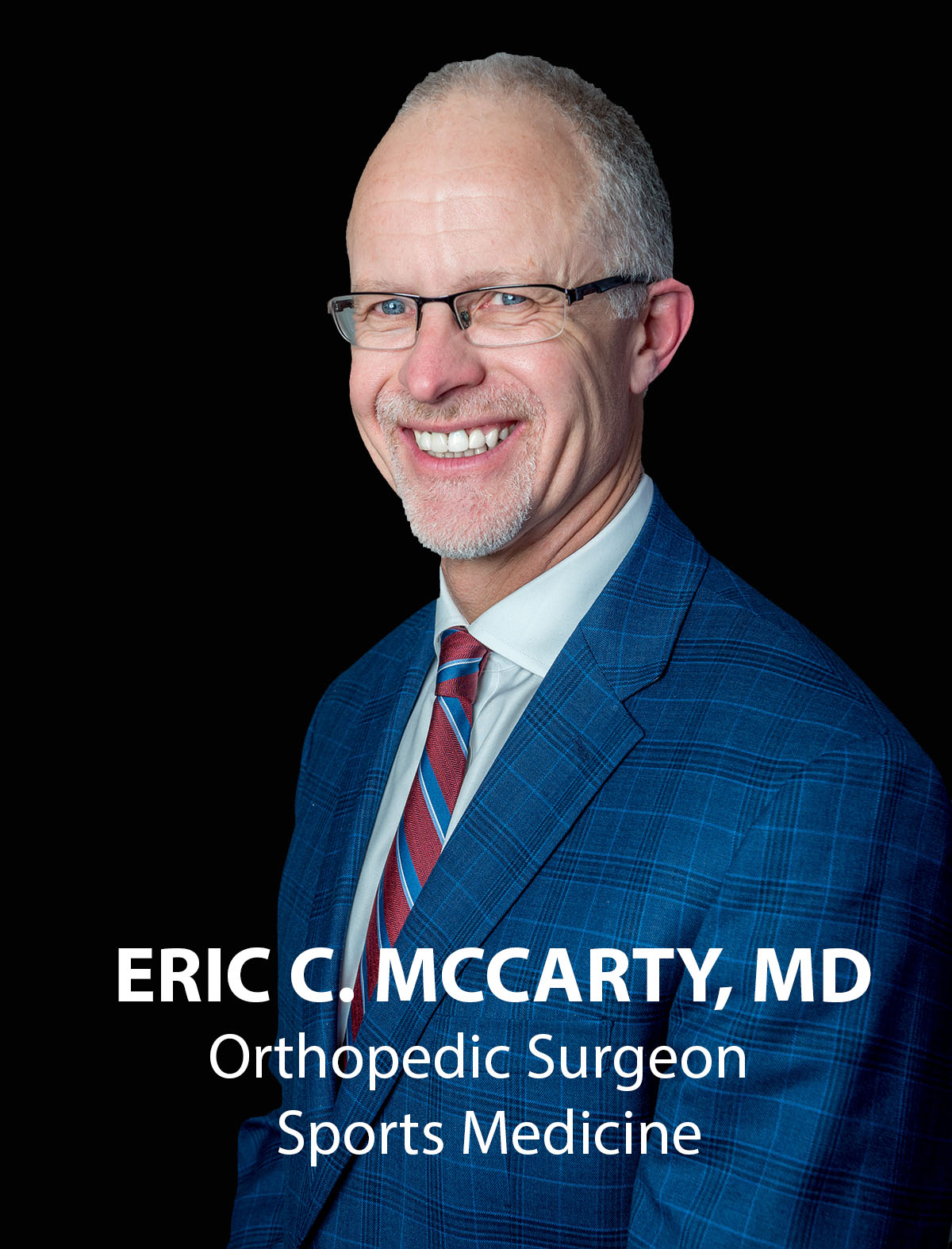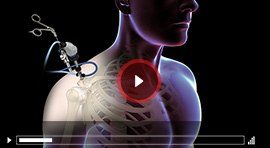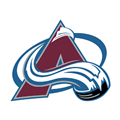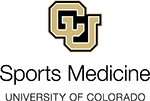Labral Tear
Shoulder Labrum Reconstruction
The shoulder joint is a ball and socket joint. A 'ball' at the top of the upper arm bone (the humerus) fits neatly into a 'socket', called the glenoid, which is part of the shoulder blade (scapula). The labrum is a ring of fibrous cartilage surrounding the glenoid which helps in stabilizing the shoulder joint. The biceps tendon is attached inside the shoulder joint at the superior labrum of the joint. The biceps tendon is a long cord-like structure which attaches the biceps muscle to the shoulder and helps to stabilize the joint.
Causes
Traumatic injury to the shoulder or overuse of the shoulder by excessive throwing or weightlifting can cause a labral tear. In addition the ageing process may weaken the labrum leading to injury secondary to wear and tear.
Symptoms
A shoulder labral tear injury can cause symptoms such as pain, a catching or locking sensation, decreased range of motion and joint instability
Types of labral tears
The most common types of labral tears include:
- SLAP tear: The term SLAP (superior –labrum anterior-posterior) refers to an injury of the superior labrum of the shoulder, at the attachment of the biceps tendon.
- Bankart tear: Bankart tear is an injury to the labrum that leads to recurrent dislocations and arthritis of the shoulder
- Posterior labrum tears: This type of labrum tear is rare, but may be caused by repeated internal impingement, where the extreme extension and external rotation of the shoulder joint causes pinching of the bulged part of the arm bone against the lining of the shoulder joint cavity.
Diagnosis
Your doctor may suspect a labral tear based on your symptoms and medical history. The doctor will inquire about your pain and history of injury. Several physical tests will be performed by your doctor to evaluate the range of motion and stability of your shoulder. X-rays may be used to rule out other conditions. Your doctor may also order a computed tomography (CT) scan or magnetic resonance imaging (MRI) scan, with a contrast medium, to determine the presence of tears. Diagnosis of a labral tear can also be confirmed through shoulder arthroscopy.
Conservative Treatment
Your doctor may start with conservative approaches such as prescribing anti-inflammatory medications and advise rest to relieve symptoms. Rehabilitation exercises may be recommended to strengthen rotator cuff muscles. If the symptoms do not resolve with these conservative measures, your doctor may recommend arthroscopic surgery.
Surgical Treatment
During arthroscopic surgery for SLAP tears, your surgeon examines the labrum and the biceps tendon. If the damage is confined to the labrum without involving the tendon, then the torn flap of the labrum will be removed. In cases where the tendon is also involved or if there is detachment of the tendon, absorbable wires or sutures will be used to repair and reattach the tendon.
Bankart lesion is repaired by a Bankart operation. In this procedure, the bankart tear is repaired by reattaching the labrum and the capsule to the anterior margin of the glenoid cavity.
Post -Operative Care
Following the surgery, your shoulder is immobilized with a sling for a few days. To control pain and swelling your physical therapist may use ice, electrical stimulation, massage therapy, and other hands-on –treatments. Passive range of motion exercises are also initiated in the post operative phase. Active range of motion exercises are started about 6 weeks after the repair, to regain your shoulder movement. Athletes can return to sports in about three months.
Risks and Complications
Risks associated with a labral repair include:
- Nerve injury
- Wound infection
- Tear of the repair
- Shoulder stiffness
- Recurrence of instability
- Poor positioning of anchor suture
- Failure of the repair
Shoulder labrum reconstruction is a surgical technique recommended for treating labral tears. Labrum repair can be done using minimally invasive technique or open surgery. In this procedure the torn labrum is reattached to the rim of the bone using anchor sutures along with tightening of the capsules and ligaments.







